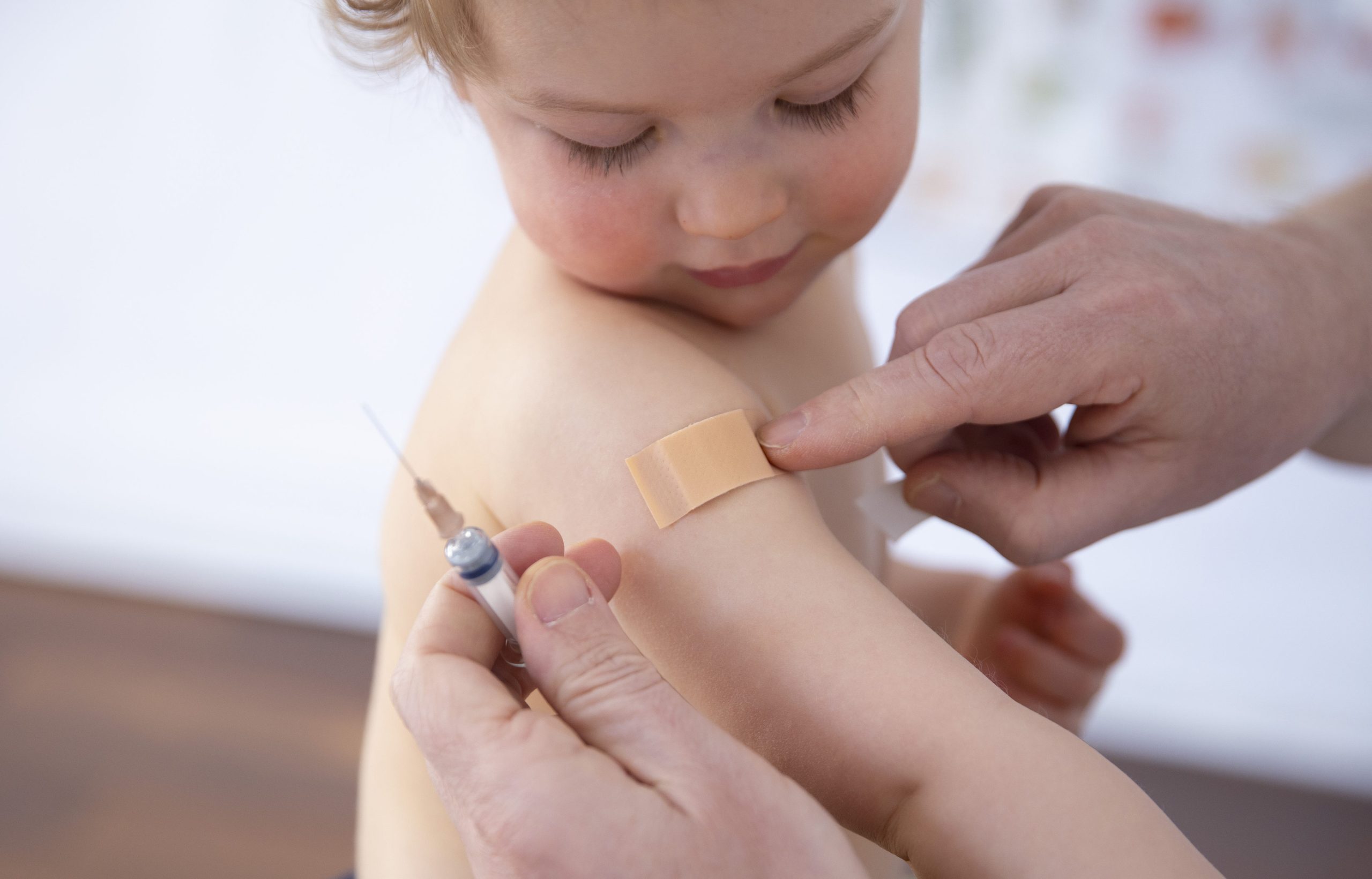The Food and Drug Administration, Pfizer, and BioNTech announced on Friday that they are abandoning plans to pursue the authorization of a two-dose regimen of COVID-19 vaccines for children ages 6 months to 4 years. Instead, they will again put the possibility of an authorization on hold as they await data on the efficacy of a third dose for the youngest children. That data is now expected in early April.
In a press release this afternoon, Pfizer and its partner BioNTech reported that COVID-19 cases among children enrolled in the initial two-dose trial "continue to accumulate according to the study protocol, and more data are being generated because rates of infection and illness remain high in children of this age, especially due to the recent omicron surge."
"Given that the study is advancing at a rapid pace, the companies will wait for the three-dose data as Pfizer and BioNTech continue to believe it may provide a higher level of protection in this age group," the press release continued.
In a statement released by the FDA, Acting Commissioner Janet Woodcock and top vaccine regulator Peter Marks wrote that the agency had received new trial data from Pfizer and BioNTech. "Based on the agency’s preliminary assessment, and to allow more time to evaluate additional data, we believe additional information regarding the ongoing evaluation of a third dose should be considered as part of our decision-making for potential authorization," the officials wrote.
In December, Pfizer and BioNTech announced that interim data from the trial with children ages 2 to 4 found that two doses of a 3-microgram vaccine (a tenth of the dose given to adults) did not produce the same level of immune responses seen in people ages 16 to 25, for which the vaccine is already approved. According to unnamed officials who spoke with The New York Times, the two doses only generated 60 percent of the targeted level of antibodies against the pandemic virus. As such, the companies planned to add a third dose to be given at least two months after the second.


